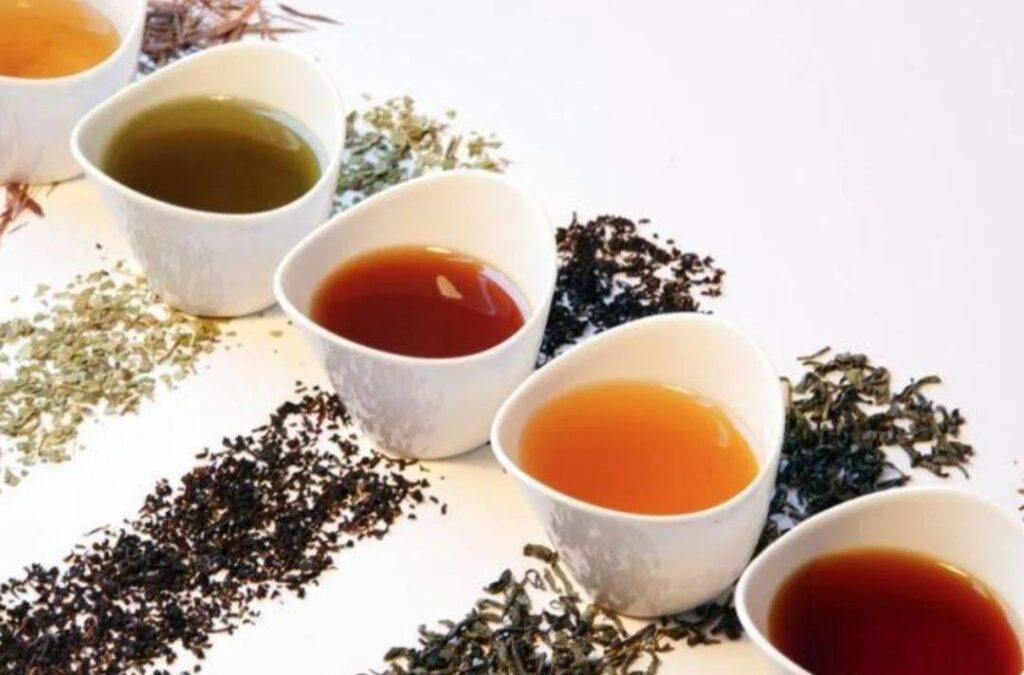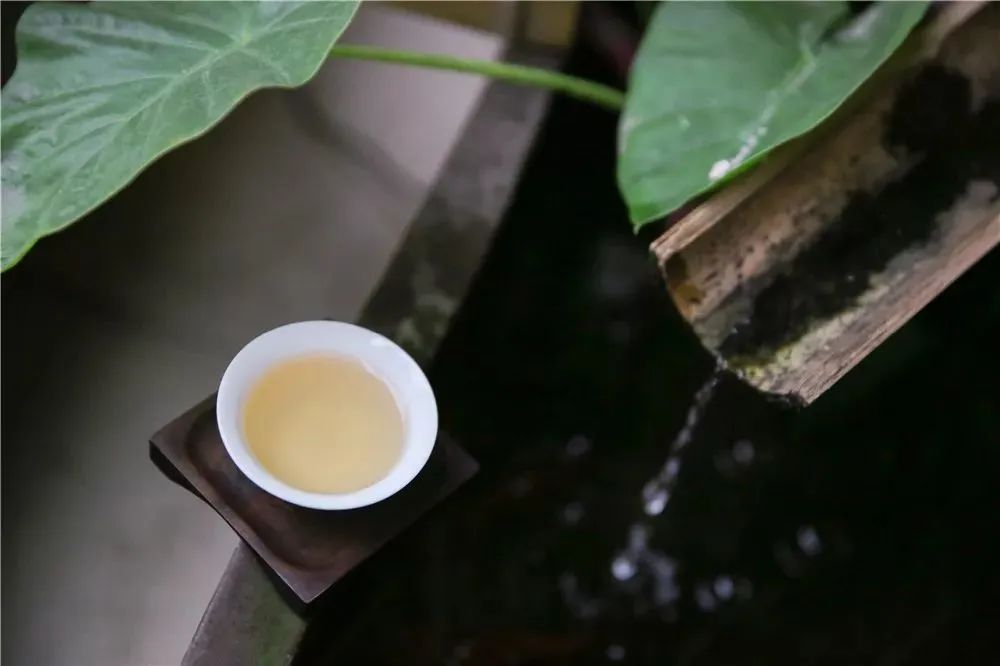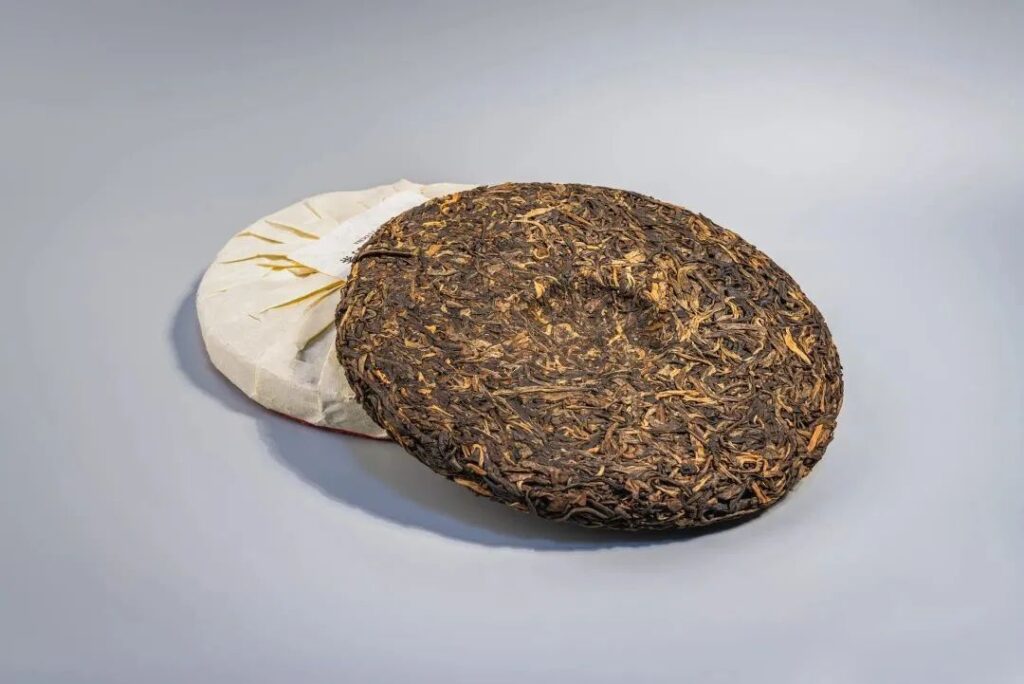Tea is a delicate natural beverage, and its quality and taste are directly affected by storage conditions, regardless of the type of tea. When purchasing tea in bulk and not consuming it all at once, proper storage becomes essential. Many have heard that tea should be stored in the refrigerator to prevent it from changing flavor. However, whether to store tea in the refrigerator has always been a topic of debate. In fact, different types of tea require different storage conditions. Today, let’s discuss the correct methods for storing tea at home, including which teas need refrigeration, which do not require low temperatures, and which types are suitable for long-term storage. Let’s see if your tea storage is correct.
Teas that need refrigeration:
Green Tea: Green tea is rich in tender leaves and buds, making it susceptible to moisture and oxidation. Storing green tea in the refrigerator can effectively slow down oxidation, maintaining its freshness and taste. Keep green tea in vacuum-sealed bags to prevent moisture absorption.
Yellow Tea: Similar to green tea, yellow tea requires refrigeration to prevent rapid oxidation and preserve its freshness. Yellow tea typically has a higher water content and is prone to absorbing moisture from the air.
Some Oolong Teas (e.g., Tieguanyin): Certain oolong teas, such as Tieguanyin, especially the most commonly sold fragrant Tieguanyin, are also suitable for storage in the refrigerator. This helps maintain its floral and mineral flavors. Before placing these teas in the refrigerator, ensure they are completely dry and stored in sealed containers to prevent moisture absorption and odor penetration.
Teas that do not need low-temperature storage:
Black Tea: Black tea is relatively durable and does not typically require refrigeration. It maintains its quality at room temperature, as long as it is kept away from sunlight and odors.
Most Oolong Teas: Most oolong teas, such as varieties other than Tieguanyin, like Wuyi rock tea and Fenghuang Dancong, can be stored at room temperature. They require some ventilation to avoid absorbing odors but do not need refrigeration.
Teas suitable for long-term storage:
Dark Tea: Dark tea is suitable for long-term storage, as aging can improve its flavor and quality. Store dark tea in a dry and ventilated place, away from sunlight.
White Tea: Similar to dark tea, white tea is also suitable for long-term storage. The aging of white tea can bring unique floral aromas and a mellow taste. Choose a dry and ventilated environment for storing white tea. Additionally, although Pu-erh tea is not entirely classified as dark tea, its storage method is similar to dark tea, requiring long-term storage with controlled temperature and humidity to ensure proper fermentation.
General storage considerations:
Regardless of the type of tea you choose, the following are universal storage suggestions and principles that must be adhered to.
Avoid direct sunlight: Direct sunlight can adversely affect tea leaves, so it is best to store tea in a place not exposed to direct sunlight.
Keep away from odors: Tea leaves have the characteristic of absorbing odors, so avoid storing tea with items that emit strong smells, such as coffee, spices, and food ingredients.
Maintain dryness: Tea requires a dry environment to prevent mold or odor development. Sealed containers or vacuum bags can help maintain the dry state of tea.
Ensure ventilation: Tea should not be stored in completely sealed containers, as this may lead to excessive humidity. Ensure moderate ventilation to maintain appropriate humidity.
In general, the need for refrigerating tea depends on the type of tea and your storage plan. The most important thing is to keep the tea fresh and maintain its quality, avoiding exposure to unsuitable environmental conditions. By understanding the needs of different types of tea, you can ensure that each cup of tea presents the best flavor. Now, take a look at what kind of tea you have at home and determine the appropriate storage method.



